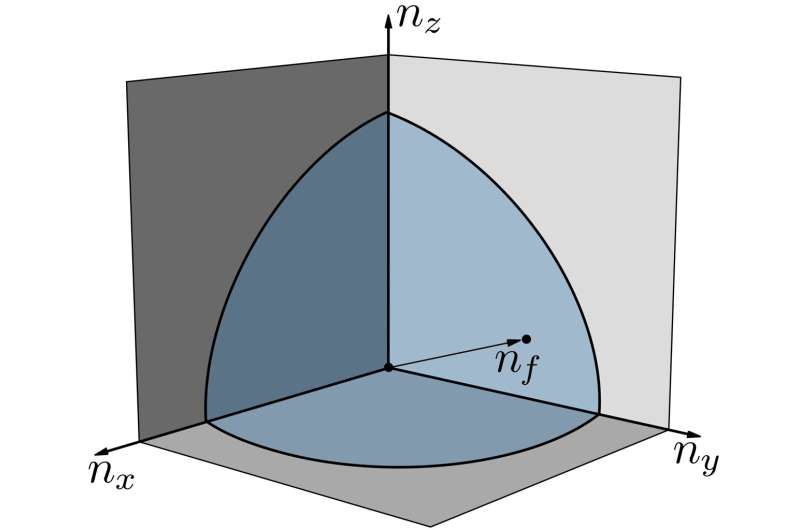This article has been reviewed according to Science X's editorial process and policies. Editors have highlighted the following attributes while ensuring the content's credibility:
fact-checked
peer-reviewed publication
trusted source
proofread
Luttinger's theorem at the core of topological matter

In 1960, Joaquin Luttinger introduced a universal statement that relates the total number of particles that a system can accommodate to its behavior under low-energy excitations. While Luttinger's theorem is readily verified in systems of independent particles, it also holds true in correlated quantum matter exhibiting strong interactions between the particles.
However, and quite surprisingly, Luttinger's theorem has been shown to fail in very specific and exotic instances of strongly correlated phases of matter. The failure of Luttinger's theorem and its consequences on the behavior of quantum matter are at the core of intense research in condensed matter physics.
Independent of these developments, important efforts have been dedicated to the classification and characterization of correlated insulating states of matter. In this context, it was shown that a broad class of topological insulators can be labeled by a single integer, known as the Ishikawa-Matsuyama invariant, which fully captures its transport properties.
This result constitutes a milestone as it offers a simple prescription for classifying insulating states in the presence of strong interactions. Very recently, however, theorists identified exotic models of correlated insulators that mysteriously elude this appealing classification: corrections to the Ishikawa-Matsuyama invariant are thus required in peculiar settings.
Writing in Physical Review Letters, Lucila Peralta Gavensky and Nathan Goldman (ULB), together with Subir Sachdev (Harvard), reveal that the failure of Luttinger's theorem and the classification of insulating states of matter are connected by a fundamental relation. In essence, these authors demonstrate that the Ishikawa-Matsuyama invariant fully characterizes correlated insulators whenever Luttinger's theorem is satisfied.
In contrast, this topological invariant is shown to be insufficient to label correlated phases as soon as Luttinger's theorem is violated, and the authors provide explicit expressions for the required corrections in terms of relevant physical quantities.
This important connection between Luttinger's theorem and the topological classification of quantum matter sheds light on the emergence of exotic phenomena in strongly correlated quantum matter.
More information: Lucila Peralta Gavensky et al, Connecting the Many-Body Chern Number to Luttinger's Theorem through Středa's Formula, Physical Review Letters (2023). DOI: 10.1103/PhysRevLett.131.236601
Journal information: Physical Review Letters
Provided by Université libre de Bruxelles





















